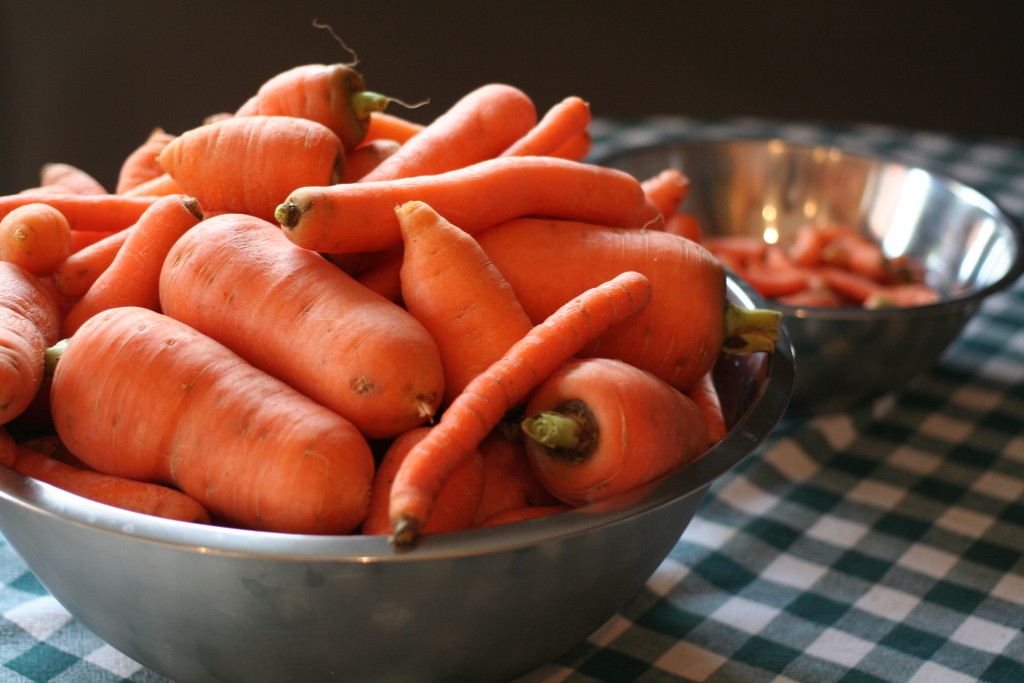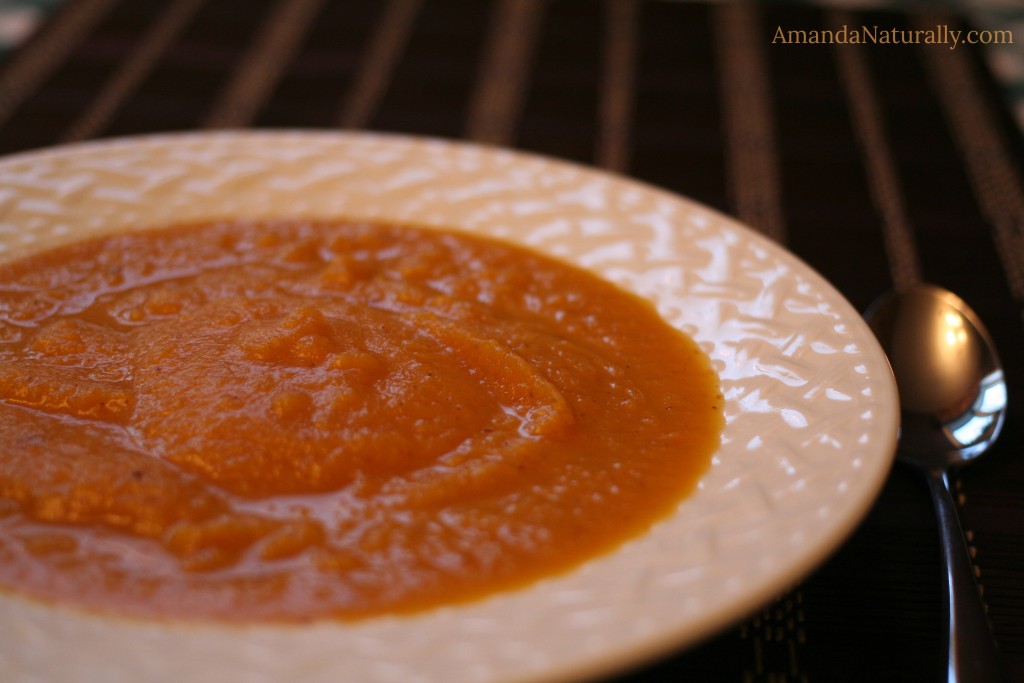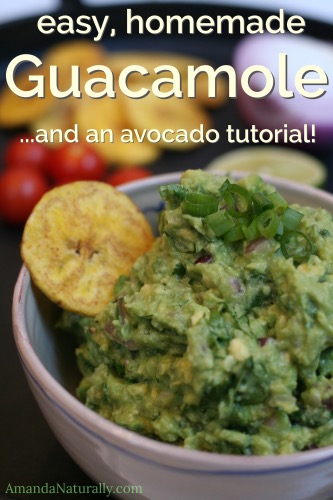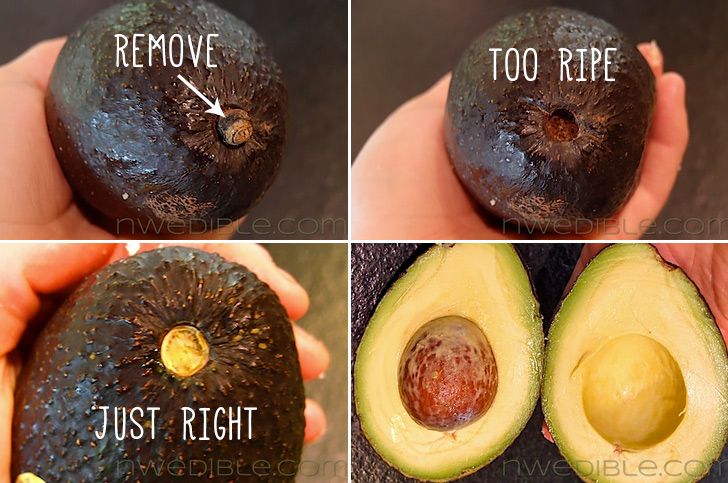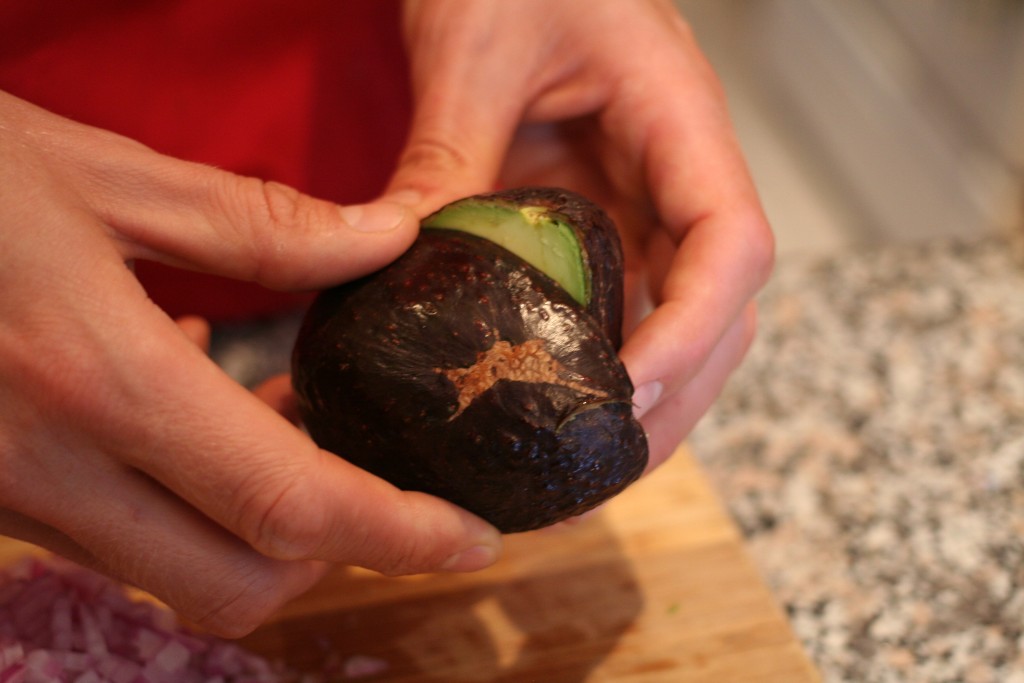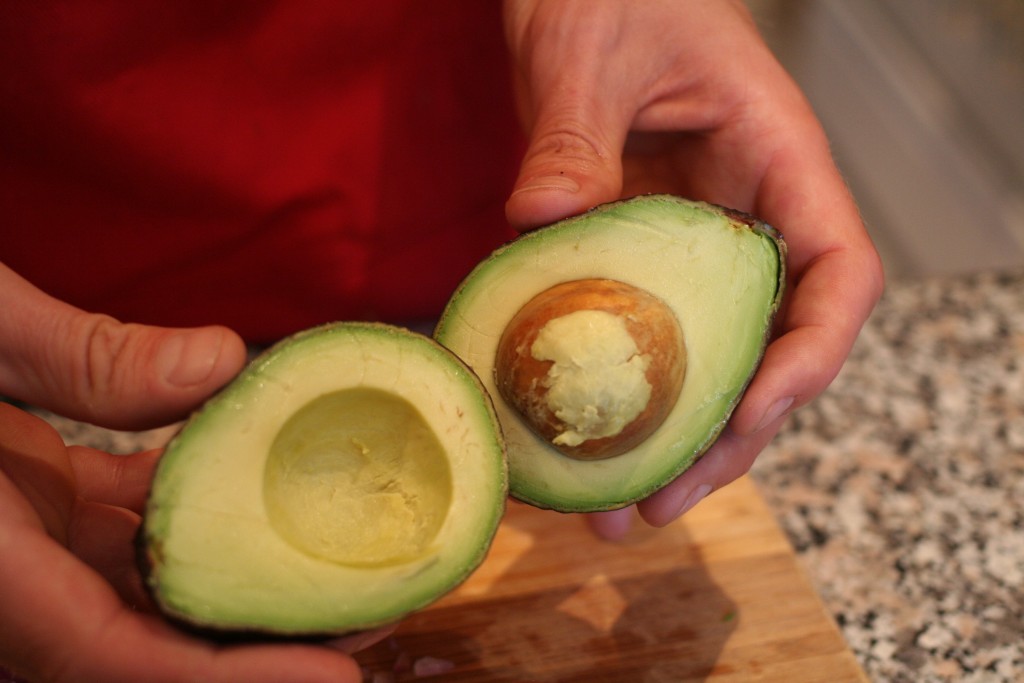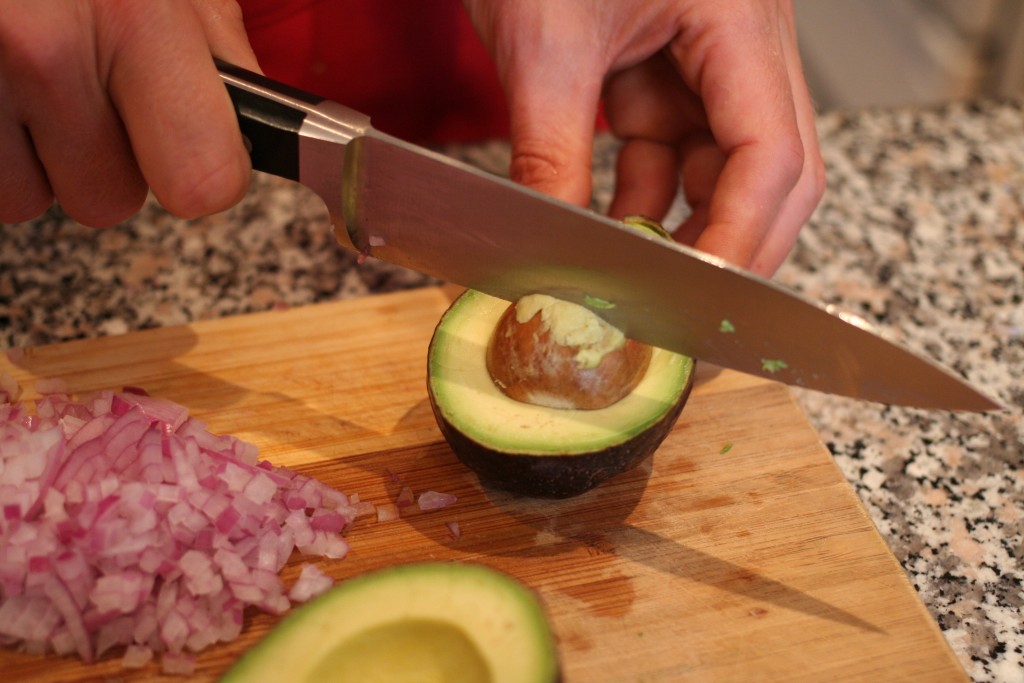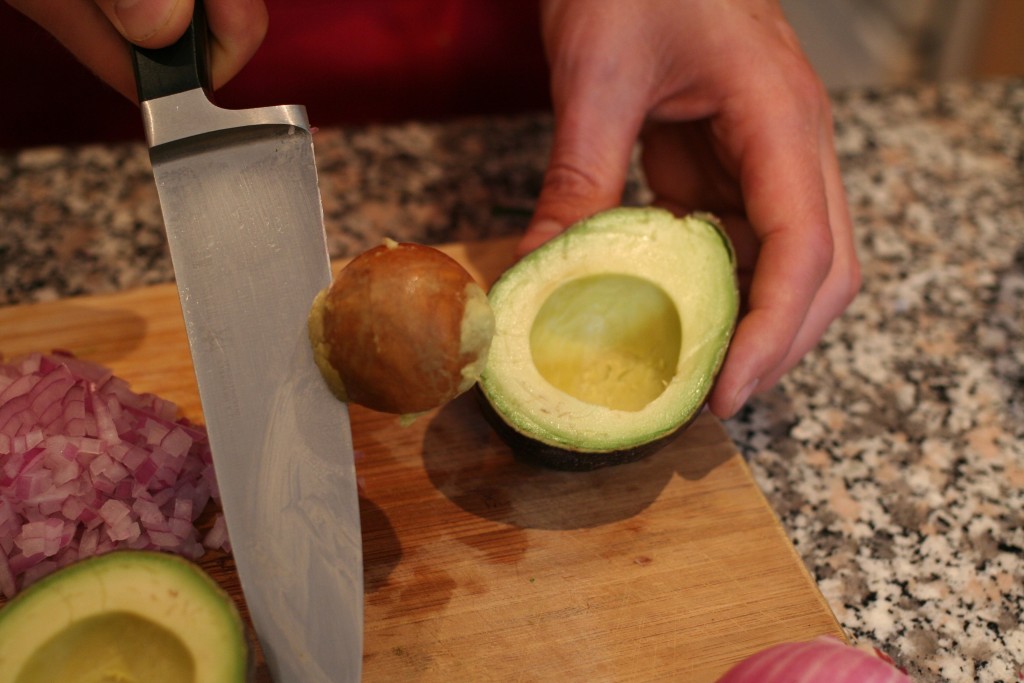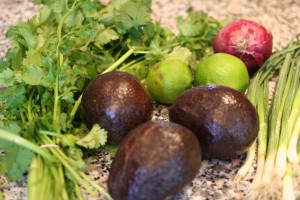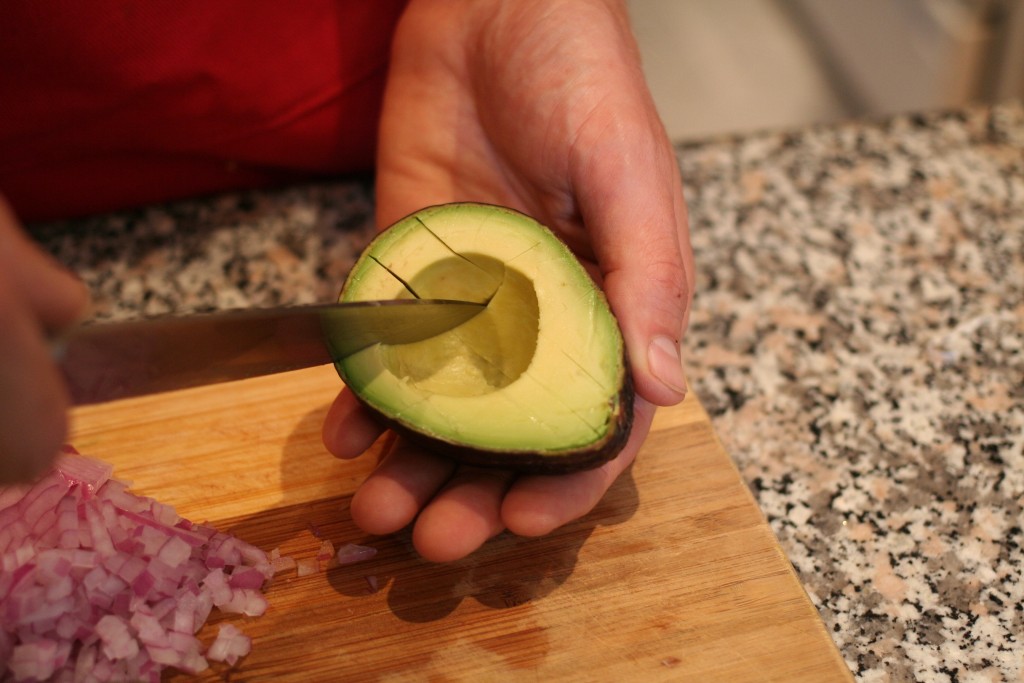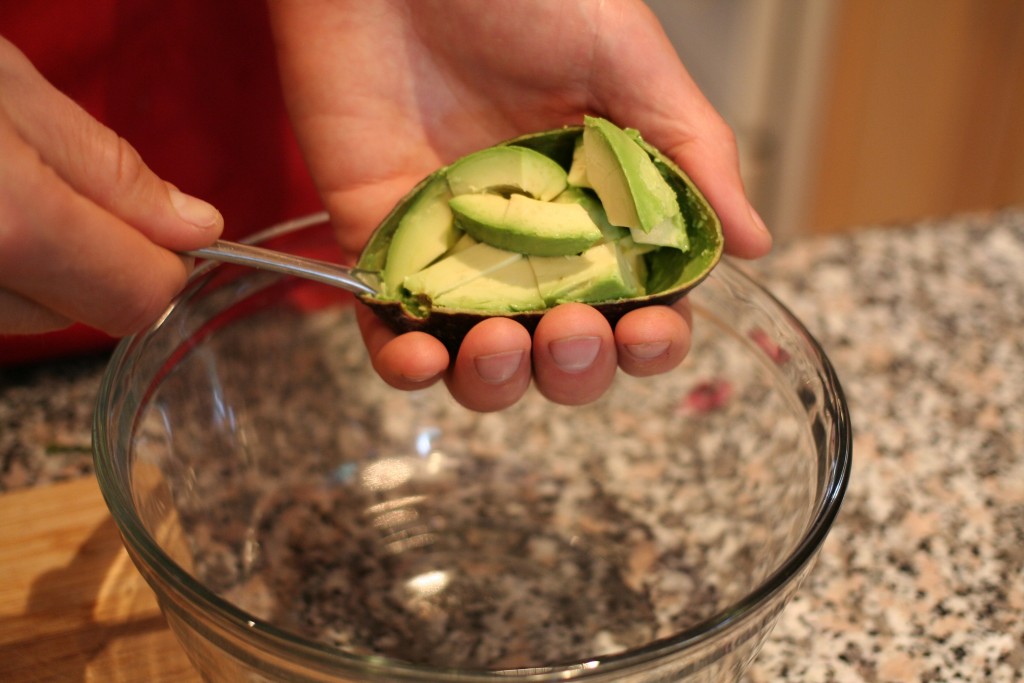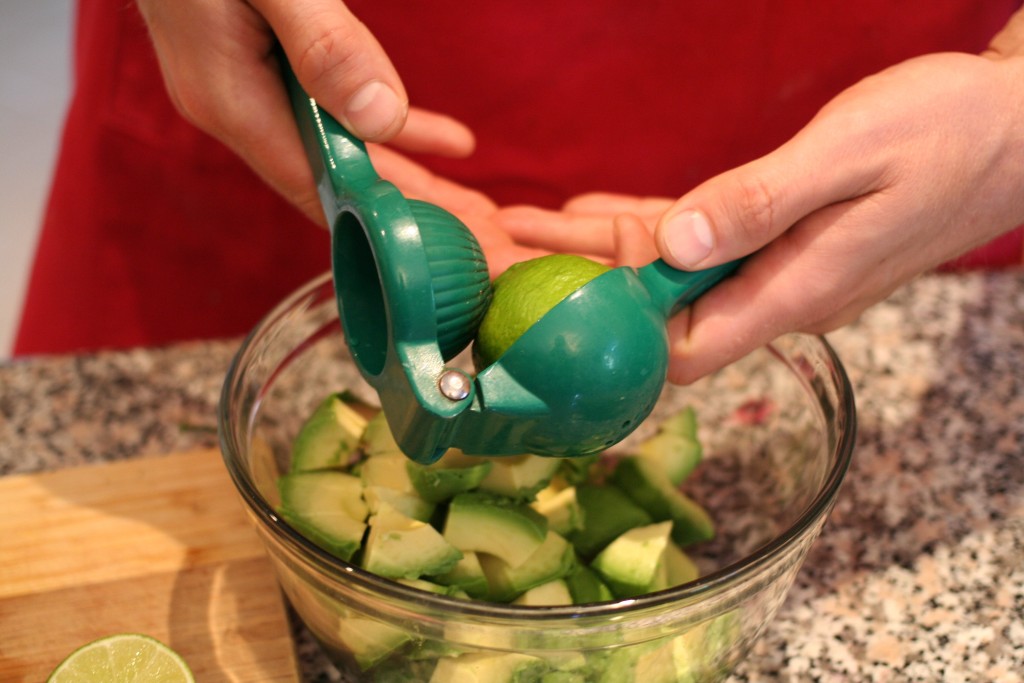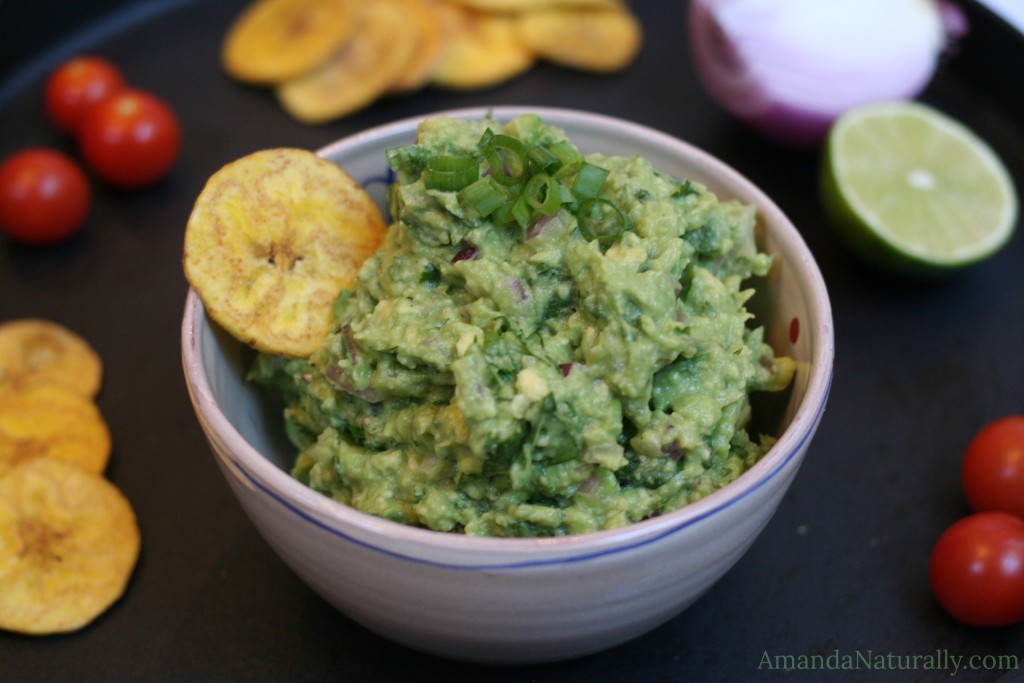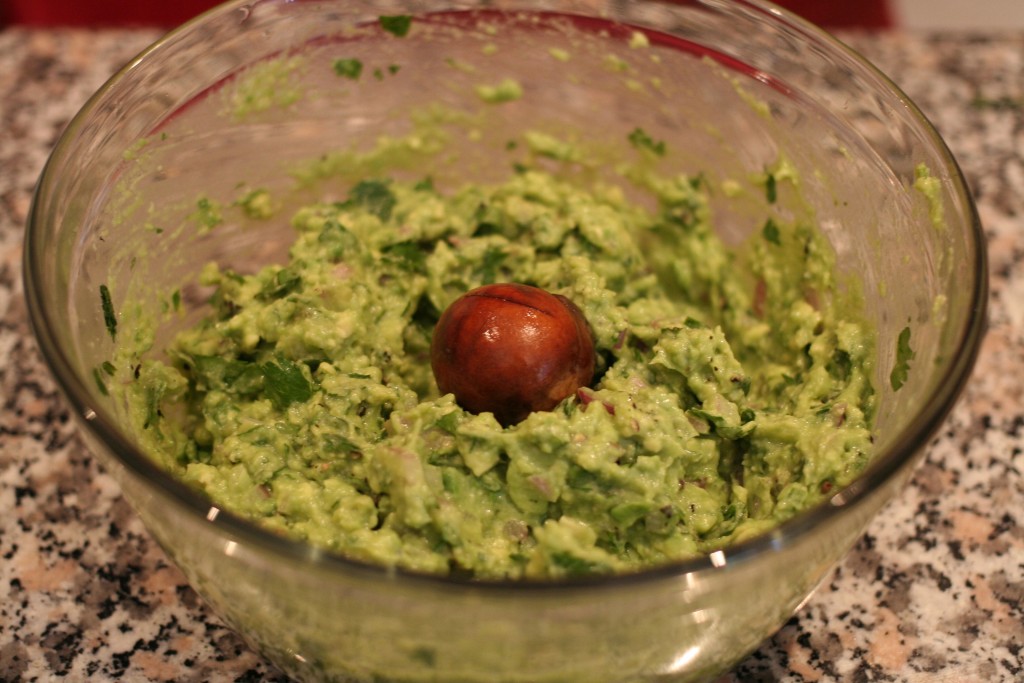 I love kale. But I am also very aware that kale is an acquired taste. I didn’t love it right off the bat, and in fact I was kind of intimidated to cook it!
I love kale. But I am also very aware that kale is an acquired taste. I didn’t love it right off the bat, and in fact I was kind of intimidated to cook it!
I hate soggy cooked greens, and raw kale salad can be kind of overwhelming (both from a chewing and taste perspective).
After multiple attempts with different styles of cooking (steamed, baked, sautéed) I discovered that the best way to cook kale is by doing a steam-sauté. I’m not sure if that’s the technical cooking term, but it’s what I call it!
How do you Steam-Sauté?
1. Take your kale, break off the tough ends and roughly chop it into bite sized pieces.
2. Thoroughly wash your kale.
3. Shake off most of the excess water, but don’t dry it out completely. (If you’re using pre-washed kale, see note in step #6.)
4. Heat a deep pot, or a large deep sauté pan with a lid, over medium-high heat.
5. Add 2-3 tbsp of your favourite fat (I love bacon grease!), let it melt and cover the bottom of the pan.
6. Throw in the damp kale and put the lid on. (NOTE: if you are using pre-cooked kale that’s dry, add in 2 tbsp water)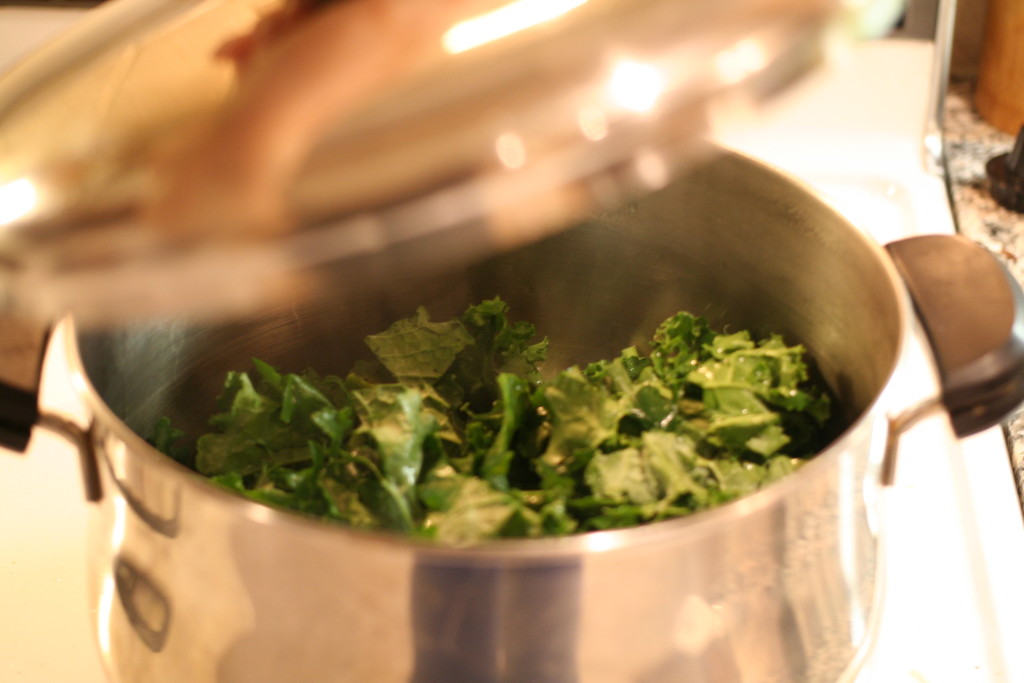
7. Toss kale every 2 minutes or so. It’s done when it’s bright green and tender – approximately 5-8 minutes.
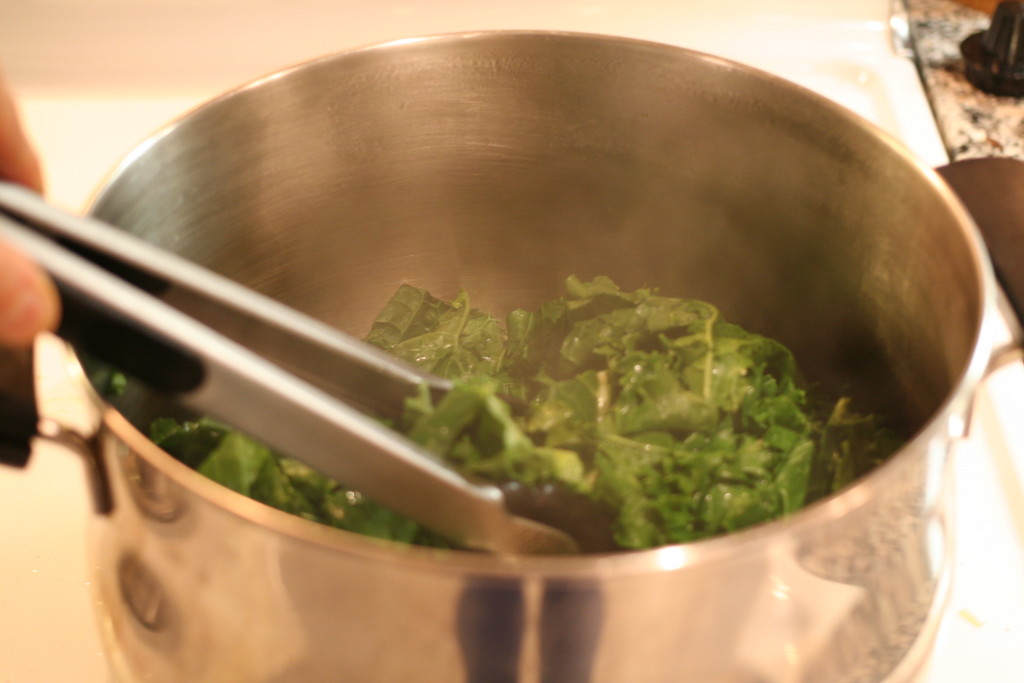
8. Season liberally with sea salt and serve!
Maple Balsamic Kale
You can just serve it as is (which I love, but I’ll admit is still very kale-y tasting), or you can spice it up a notch by using the following recipe. This is the very first way I prepared kale that I loved. I can’t remember where I first saw the suggestion to combine balsamic vinegar, maple syrup and kale together, but it’s totally amazing. It pairs really well with proteins (especially pork tenderloin and maple salmon), and is also great with bacon as part of a breakfast!
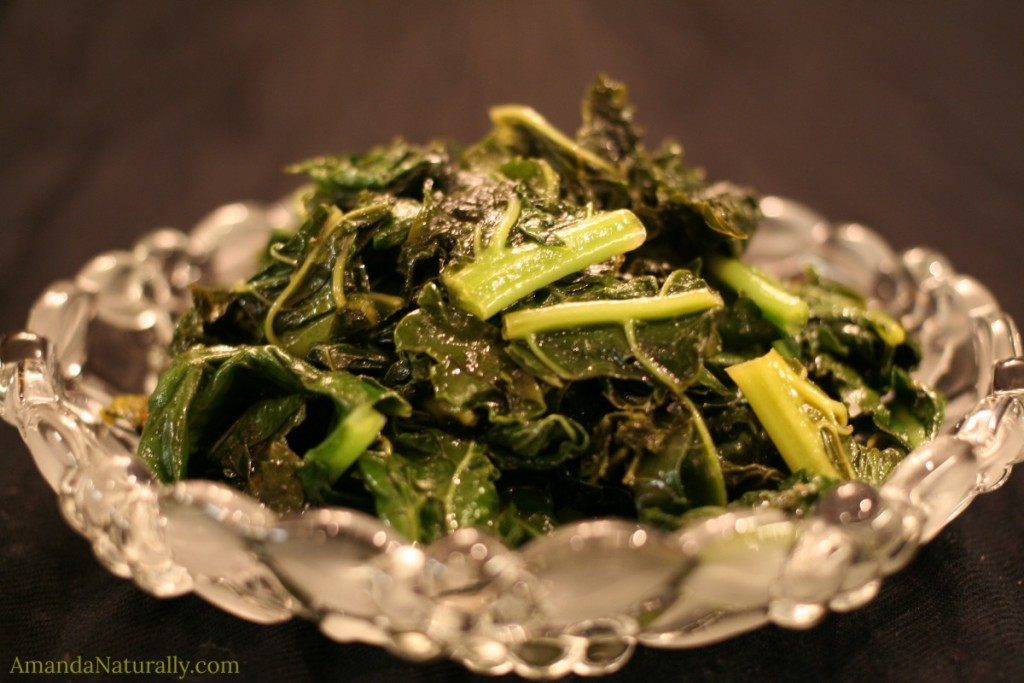

- 1 large bunch of kale
- 2-3 tbsp fat of choice (ghee, olive oil, bacon grease)
- 3 tbsp balsamic vinegar
- 2 tbsp maple syrup
- sea salt
- Break the tough ends off the kale and roughly chop into bite sized pieces.
- Wash thoroughly.
- Shake off most of the excess water, but don't dry completely.
- Heat a deep pot, or a large deep sauté pan with a lid, over medium heat.
- Add 2-3 tbsp of your favourite fat, let it melt and cover the bottom of the pan.
- Throw in the damp kale and put the lid on.
- After 2 minutes, toss kale and add balsamic vinegar.
- Place lid back on pot and keep cooking, tossing kale every 2 minutes or so until bright green and tender - approximately 5-8 minutes.
- Drizzle maple syrup over kale and let cook for 30s, tossing frequently.
- Season liberally with sea salt and serve!
- If you're using pre-washed kale, add 2 tbsp water to the pan with the kale.

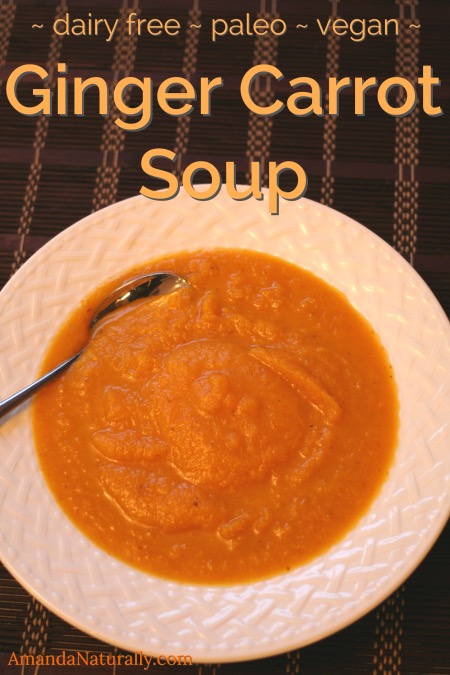 This past weekend we harvested all of the carrots from our garden. We were shocked to see how many there were! We only planted 1 row, but ended up with bowls and bowls of carrots. So in order to use them all while they’re fresh and most tasty, I quickly turned them into my favourite carrot soup. I quadrupled the recipe below and used my 2 largest pots, and still couldn’t get all of the carrots in! I froze most of the soup in both single serving and larger jars that contain 2-3 servings. I always try to make larger quantities of a freezable recipe, for those days when there are no leftovers for lunch, or when life gets crazy and there’s nothing for dinner!
This past weekend we harvested all of the carrots from our garden. We were shocked to see how many there were! We only planted 1 row, but ended up with bowls and bowls of carrots. So in order to use them all while they’re fresh and most tasty, I quickly turned them into my favourite carrot soup. I quadrupled the recipe below and used my 2 largest pots, and still couldn’t get all of the carrots in! I froze most of the soup in both single serving and larger jars that contain 2-3 servings. I always try to make larger quantities of a freezable recipe, for those days when there are no leftovers for lunch, or when life gets crazy and there’s nothing for dinner!